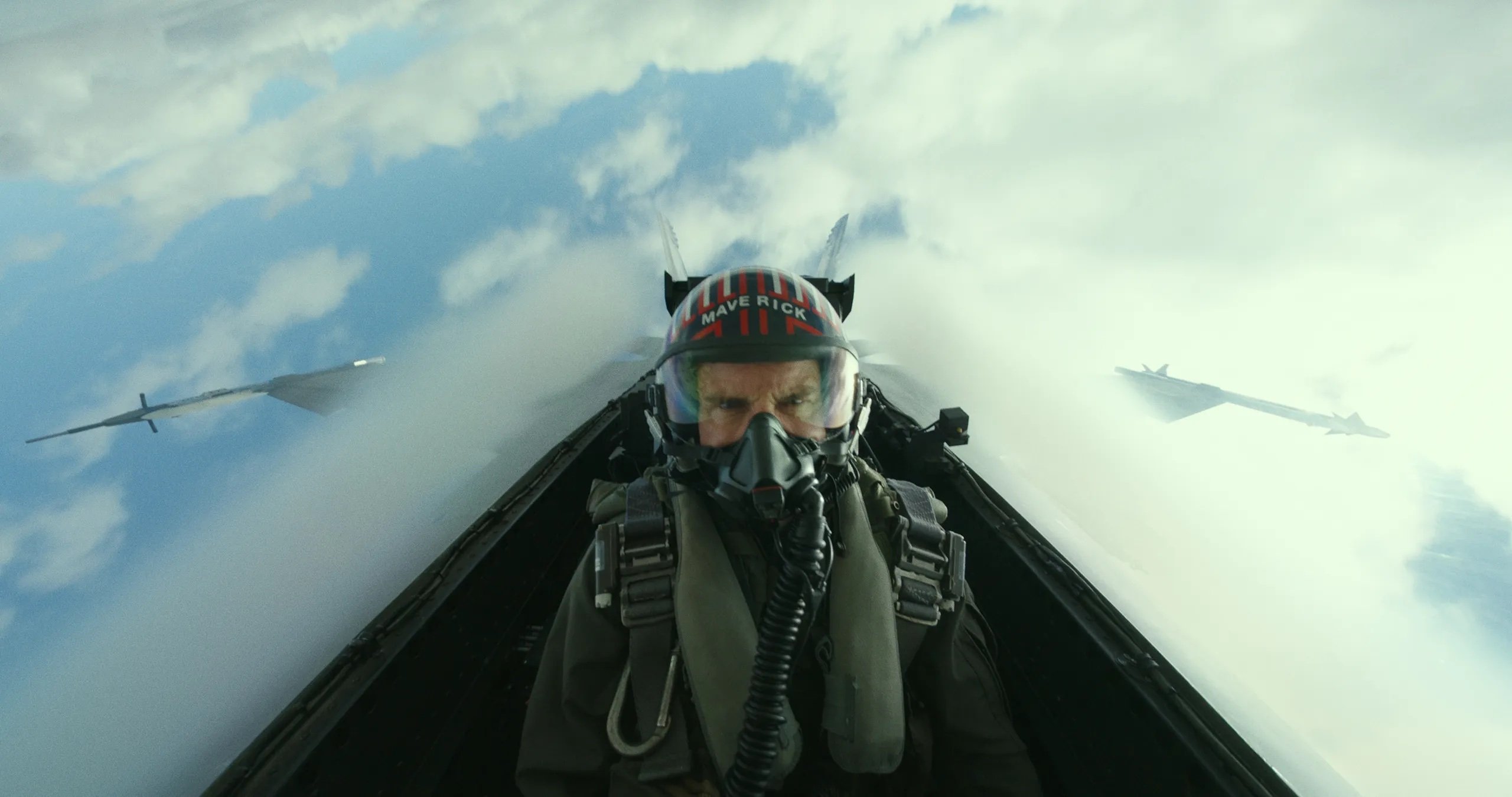
“Top Gun: Maverick” is a love letter to American naval aviation and comes as the Navy faces the toughest recruiting environment in a generation. Faced with a dwindling pool of potential sailors, the service could struggle to meet its Fiscal Year 2022 goal of bringing in 40,000 enlisted sailors and 3,800 officers into the sea service. But if history is any guide, the sequel to the naval aviation blockbuster might not do much to bring in new recruits.
When “Top Gun” hit theaters in 1986 and sold close to 3 million copies on VHS a year later, the Navy hailed the film as a boon to its public image, which was recovering along with the rest of the military following the end of the nationally divisive Vietnam War.
“We love it,” Lt. Cmdr. Bill Clyde of Navy Recruiting Command in Washington, D.C., said in a telephone interview in 1987 with The Lexington Herald-Leader.
“The Navy sees the movie as being very positive, and it has been a plus for Navy interest.”
Creating a positive image for the service is why the Navy supports projects like “Top Gun” and its sequel with access to bases, ships and aircraft, Cmdr. David Benham, director of public affairs for Navy Recruiting Command, told USNI News in an email.
“We think Top Gun: Maverick will certainly raise awareness and should positively contribute to individual decisions to serve in the Navy,” Benham said. “Through our Navy Office of Information in Los Angeles, we will continue to support film and television projects, and to help Hollywood realistically and accurately characterize life in the world’s finest Navy.”
Similar to efforts during the first film, the Navy is using the sequel as a chance to reach out to the public.
“We are working with local theaters to look for opportunities to have recruiters engage with people interested in learning more about Naval service,” Benham said.
“In some areas, recruiters have been invited to set up a table to share recruiting materials and talk to interested applicants. We are also leveraging social media to distribute content, to include the Faces of the Fleet episode ‘Patch-wearers,’ about real Top Gun instructors,” he added, referring to a Navy YouTube channel.
While excitement in the Navy is high for the sequel, the movie’s effect on the service’s recruiting will probably be small at best.

”[Top Gun] makes for conversation throughout the Navy. But we have not seen any specific event cause a change in the result of recruiting,” Navy spokeswoman Lt. Kim Stefansson told the D.C. bureau of the Harrisburg, Pa.,-based Patriot-News in 1989.
“Top Gun’s” influence on Navy recruiting could also have another explanation. In the late 1970s, the Navy stopped funding national recruiting, according to The Cincinnati Enquirer.
But by the time “Top Gun” flew into theaters, the sea service began to fund advertising again. In 1984, the advertising budget was $13.1 million, which increased to $19.9 million the following year.
In 1986, the same year “Top Gun” came out in theaters, the Navy put $31 million toward funding for recruiting.
It was difficult to tell if the movie did bring in new recruits. An article from the Los Angeles Times notes that some areas fared better than others in terms of interest from the movie.
In Phoenix, Ariz., recruiters received more calls after the movie’s release, according to the article. But in San Diego, home to one of the largest naval bases in the U.S., it made little difference.
While the Phoenix recruiters could not say if it was because of “Top Gun,” Lt. Cmdr. Laura Marlowe, then-officer in charge of recruiting for the naval officer program in Arizona and San Diego, told the LA Times that 90 percent of recruits had seen Top Gun.
The movie did have a limited effect on those who considered joining the Navy, a 1993 recruiting survey found.
According to the survey, 24 percent of recruits said television shows and movies like “Top Gun” had a strong influence on them. However, the survey also noted the most effective recruiting manner was brochures.
While 1986 recruiting numbers show the Navy’s “Live the Adventure” television campaign was more effective in getting sailors to join the service than Kenny Loggins montages, the original hooked at least one future naval aviator in 1986.
“I will tell you that it definitely had an effect on recruiting if only on one guy, which is me,” Capt. Brian Ferguson, the technical advisor to the sequel, told The New York Post in a Friday story.
“I saw the movie, thought it looked like the most exciting job in the world. And it is.”





